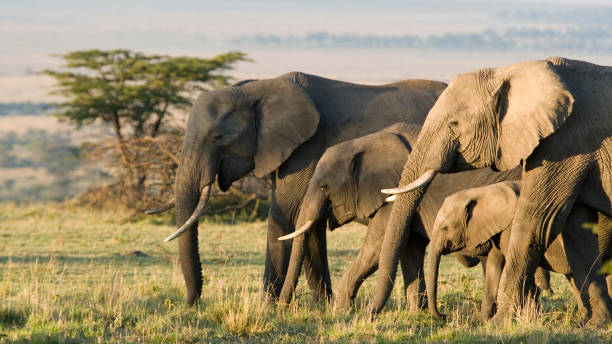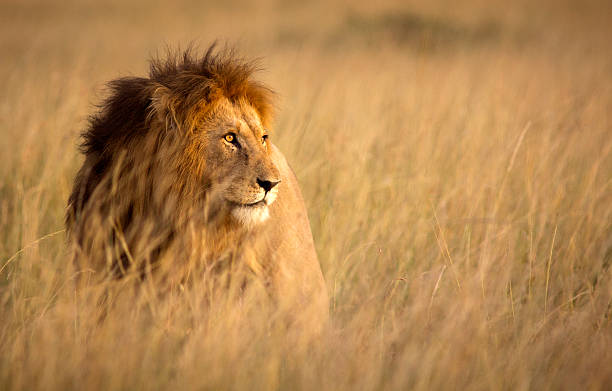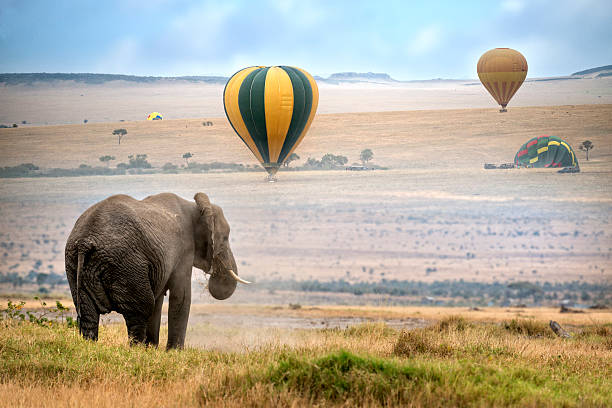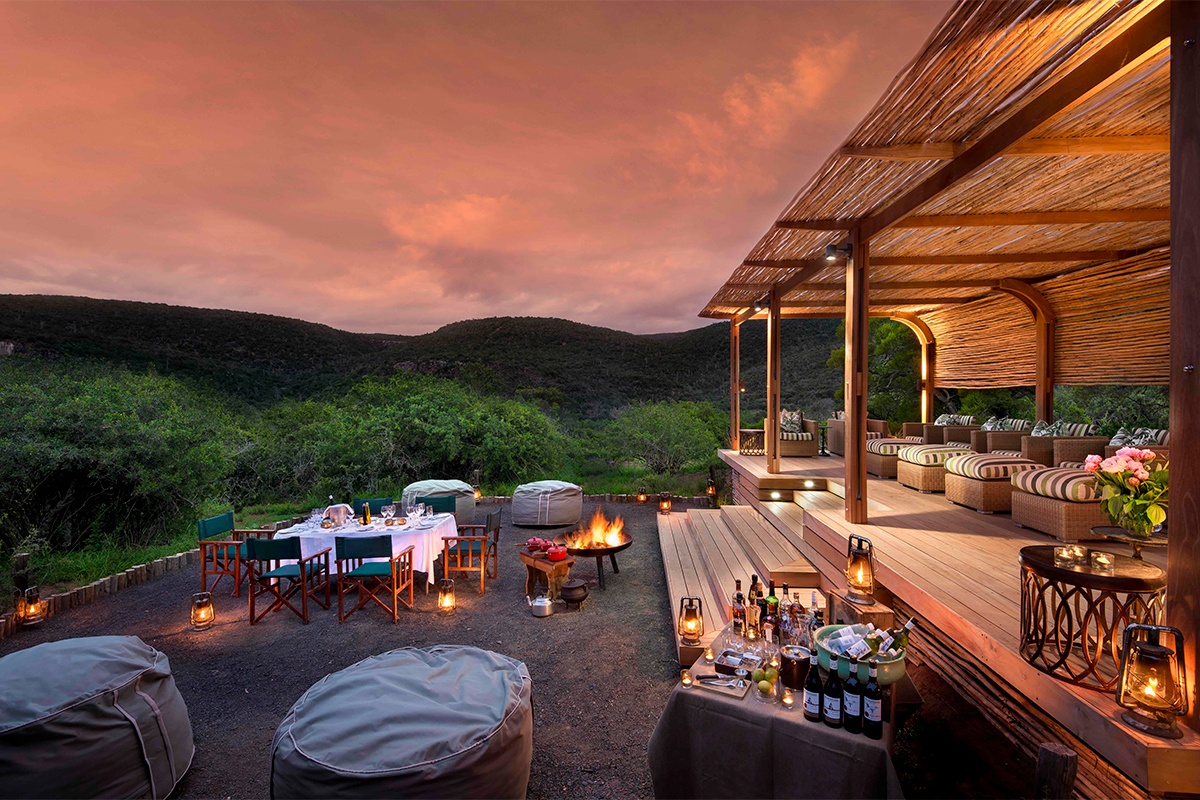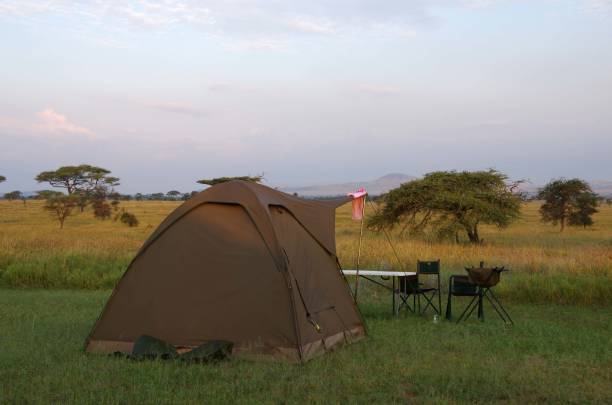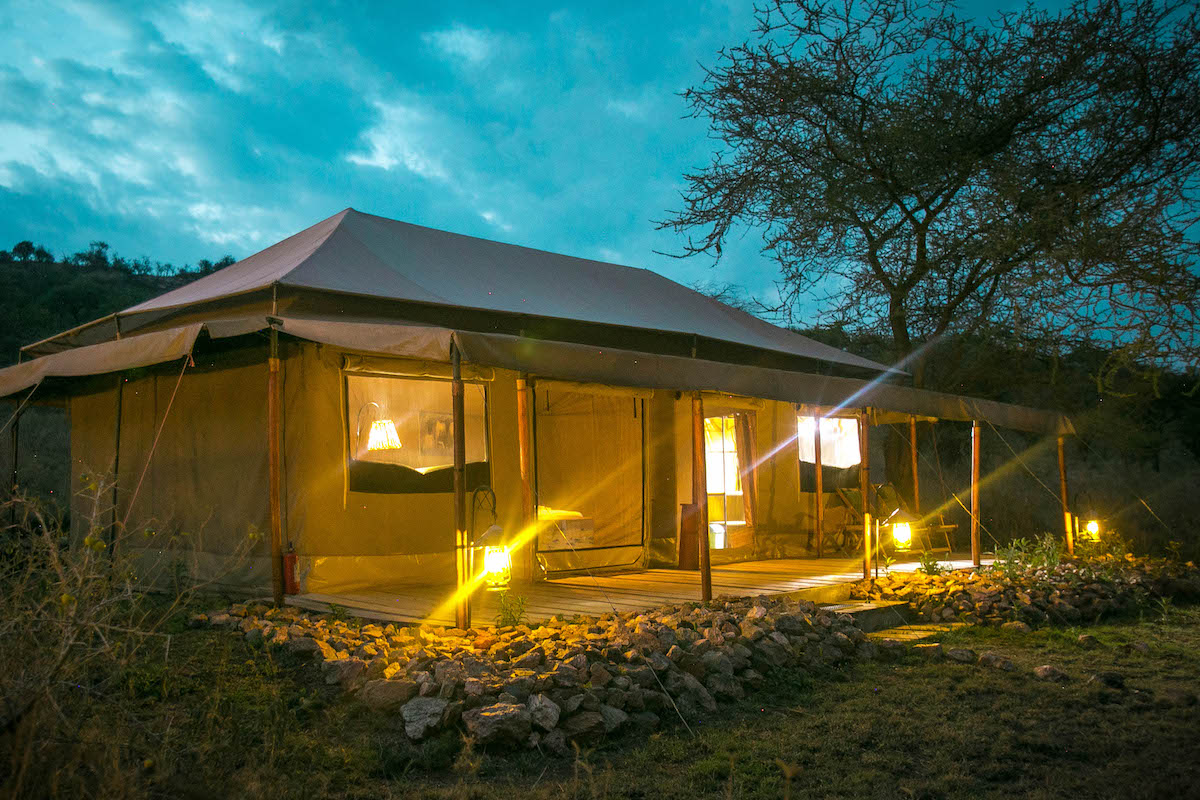Great Wildebeest Migration
The Great Wildebeest Migration is one of the most spectacular natural events on the planet. Often referred to as the “Greatest Show on Earth,” this epic wildlife journey spans the vast plains of the Serengeti in Tanzania and the Maasai Mara in Kenya. For safari-goers and nature lovers alike, witnessing this migration is a once-in-a-lifetime experience, showcasing raw nature, predator-prey drama, and the sheer resilience of wildlife.
Each year, over 1.5 million wildebeests, accompanied by hundreds of thousands of zebras and gazelles, move in a circular route across the Serengeti-Mara ecosystem in search of fresh grazing and water. This movement is dictated by the rains and the growth of new grass. The animals follow a clockwise pattern, starting in the southern Serengeti and making their way through the western and northern reaches before returning again.
What makes this migration unique is not only its scale but the fact that it’s a year-round phenomenon, offering different experiences depending on when and where you go.
A Wildebeest Migration safari in Tanzania isn’t just a vacation—it’s a front-row seat to one of nature’s most powerful and primal events. Whether you’re watching a river crossing in breathless silence or seeing a newborn calf take its first steps, the migration offers a raw, beautiful connection to the rhythms of the wild. For wildlife lovers, photographers, and adventurers alike, it’s an unforgettable journey into the heart of Africa.
Where to Go to See the Migration in Tanzania
1. Ndutu / Southern Serengeti
Ideal for the calving season from January to March. Accommodations range from mobile camps to permanent lodges.
2. Central Serengeti (Seronera)
A good base year-round. Even if the herds are elsewhere, resident wildlife is abundant.
3. Western Corridor (Grumeti)
Excellent from May to June, with possible river crossings and fewer tourists.
4. Northern Serengeti (Kogatende, Lamai)
Best between July and October. Ideal for Mara River crossings and dramatic predator-prey scenes.
If you’re planning your dream safari, timing and location are everything. Let experienced local operators like Local Crew Expeditions help tailor the perfect itinerary for your migration adventure.
Quick Facts
Where to Go to See the Migration in Tanzania
1. Ndutu / Southern Serengeti
Ideal for the calving season from January to March. Accommodations range from mobile camps to permanent lodges.
2. Central Serengeti (Seronera)
A good base year-round. Even if the herds are elsewhere, resident wildlife is abundant.
3. Western Corridor (Grumeti)
Excellent from May to June, with possible river crossings and fewer tourists.
4. Northern Serengeti (Kogatende, Lamai)
Best between July and October. Ideal for Mara River crossings and dramatic predator-prey scenes.
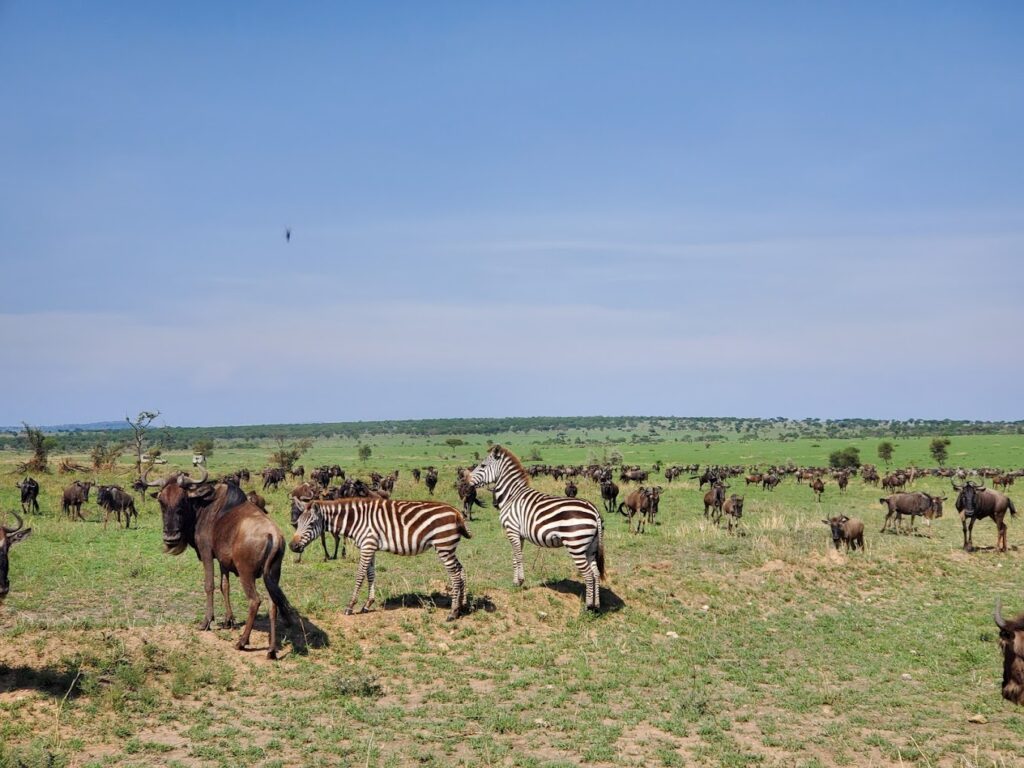
Related Tanzania Safari Tours
- From: $.3200
- From: $.3900
- From: $.3,833
Top Safari Picks
Tanzania safari offers an unrivaled experience that you cannot find anywhere else in the world. From witnessing the great wildebeest migration to spending a night in a Maasai village, your adventure is sure to be unforgettable. So why not start planning your own Tanzania safari today and experience all the unique wonders this beautiful country has to offer
Tanzania Luxury Safari is an extraordinary experience that combines 5-star accommodations and wildlife encounters.
Tanzania camping safaris offer a unique opportunity to experience the wonders of the wild, surrounded by breathtaking landscapes and majestic wildlife.
Experience the magic of Africa’s wilderness in the comfort of a luxurious lodge with our mid-range Tanzania Safari.

